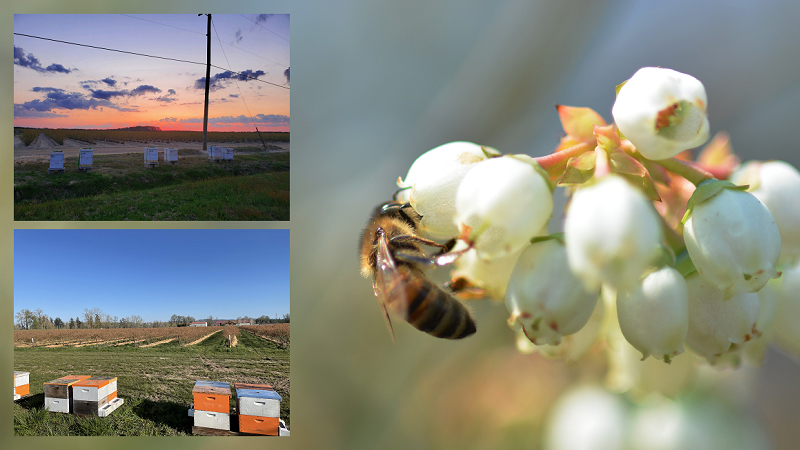The Importance Of Reading Labels For Weed Control
There are countless good reasons for reading and following a pesticide label and having it immediately accessible. “The pesticide label is not something you can glance through or read once and commit to memory,” says Jack Peterson, associate director, Environmental Services Division, Arizona Department of Agriculture. “It is a legal document, and any use inconsistent with the label is a federal and state offense.”
Here are some of the unfortunate (and illegal) consequences that can happen when you don’t read the label:
You may apply the wrong product, or the right product at the wrong rate. Various brands and packaging can look similar, but the products may contain different active ingredients or concentrations. Make sure the product contains the desired active ingredient(s), and use the application rate the label specifies. The rate will vary based on the specific concentration(s) of the active ingredient(s) found in the product.
You won’t know if the label has changed since the last time you purchased the product. Labels can change at any time, so read the label each time you buy a product, and every time you use it, even if you think you know the product well.
The site you are treating might not be on the label. There are important reasons a product cannot be applied on certain sites — for example, it may injure certain plants, pose toxicity concerns to people, result in unacceptable pesticide residues on food or feed crops, or lack sufficient research data.
You might apply a product that doesn’t control your pest(s). It is not enough to know the product type; you must also look at what weeds, insects, diseases, or other pests are on the label, and know what pests you have.
You might mix products that are incompatible. The label may tell you if certain products cannot be mixed, and how to test for compatibility of products that are not listed on the label.
You might make the application at the wrong time, in the wrong place, or too often. Many herbicides, for example, will not control weeds that are too large. Pests that are in the soil may require different product placement than pests on leaves. Insecticides and fungicides often indicate a maximum number of applications and minimum interval between applications.
You won’t understand the toxicity concerns associated with the product. The label contains a Caution, Warning, or Danger signal word, which is based on the acute toxicity of the formulated product. Caution indicates that the pesticide formulation is slightly toxic by any of these four ways of contact. Warning indicates that at least one of the ways of contact is moderately toxic. Danger indicates that at least one of the ways of contact is highly toxic.
You will not know the required personal protective equipment (PPE). If the label states that certain PPE is required, you are breaking the law and putting yourself at risk if you don’t wear the PPE for the specified task. If you are an employer and your employees are applying pesticides as part of their job, you must follow all appropriate laws concerning their use of PPE as well.
If you are accidentally exposed to the product, you won’t know what to do and might not have the needed supplies on hand. The First Aid section of the label indicates what to do for different types of exposure. You also need the label readily available so you can answer questions from emergency personnel. Do not wait until you have symptoms if the label indicates that immediate medical attention is required.
You won’t understand the possible hazards to people and the environment (air, water, soil, or wildlife), and whether the pesticide may pose any fire, explosion, or chemical hazards. If any of these hazards exist, they will be clearly indicated.
You will be unaware of other critical information. The label contains a wealth of information, which varies depending on the product. Some examples are: when not to treat (wet surfaces, presence of pollinators); what to avoid (spray drift, surface runoff); and how long to wait before entering the treated area.
You won’t know how to store and dispose of the product. Pesticide labels will indicate temperature requirements, security needs, and what should not be stored with the product. The Disposal section of the label will often address how to clean an empty container, and disposal options for containers and unwanted product.










